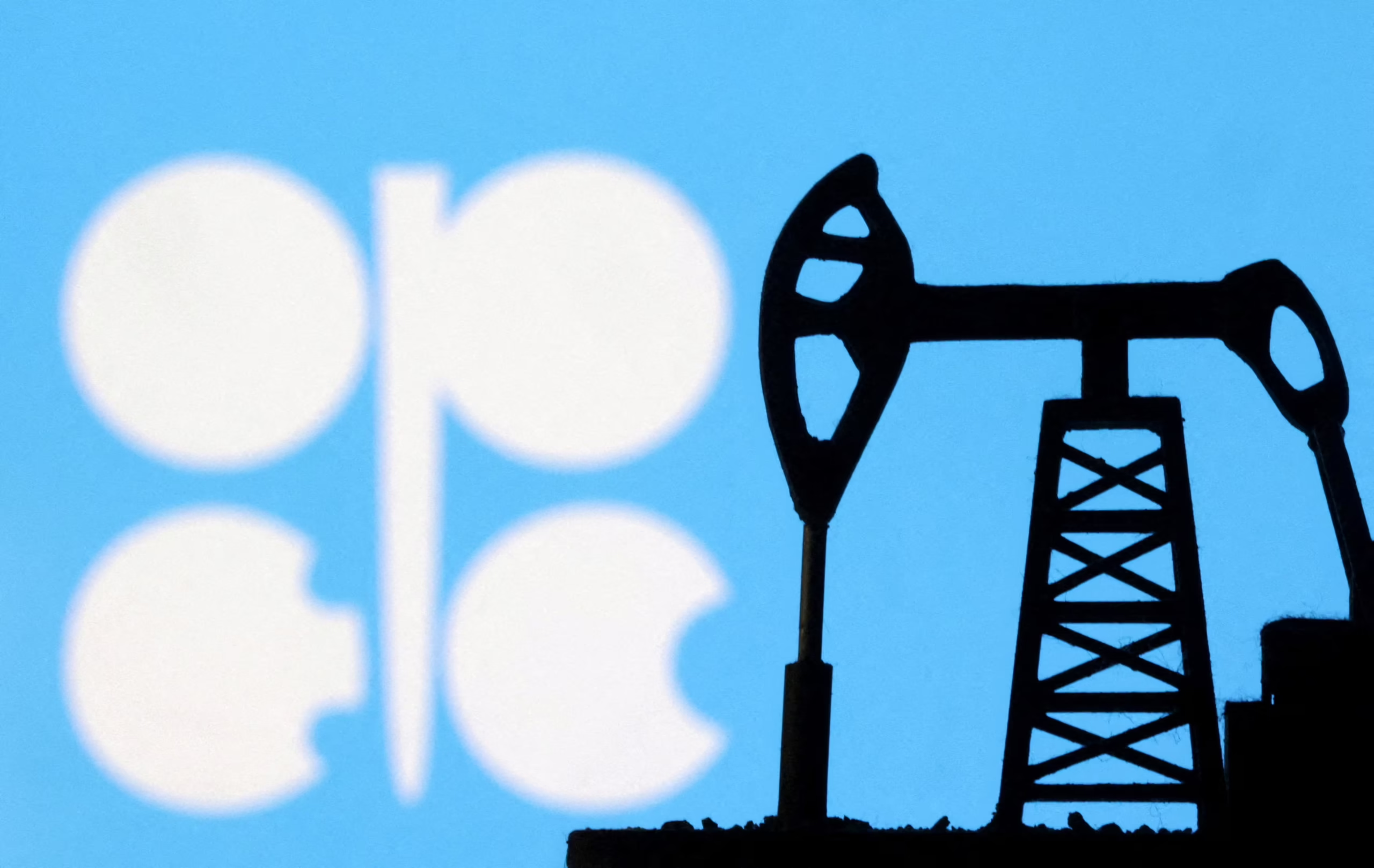The Organization of the Petroleum Exporting Countries (OPEC) has revised its 2025 global oil demand growth forecast downward for the first time since December, citing weaker-than-expected data from the first quarter and the impact of U.S. trade tariffs.
In its Monthly Oil Market Report released Monday, OPEC said it expects global oil demand to grow by 1.30 million barrels per day (bpd) in 2025 and 1.28 million bpd in 2026, marking a 150,000 bpd reduction from last month’s estimates.
Economic Growth Outlook Also Revised Down
Alongside its demand downgrade, OPEC lowered its global economic growth forecast for 2025 from 3.2% to 3.1%, and for 2024 from 3.1% to 3.0%, reflecting increased uncertainty from trade tensions and geopolitical developments.
“The global economy showed a steady growth trend at the beginning of the year, however, recent trade-related dynamics have introduced higher uncertainty to the short-term global economic growth outlook,” the report stated.
The revision follows new trade tariffs announced by U.S. President Donald Trump and growing concern over the impact of these measures on global trade and energy consumption.
Oil Prices Hold Despite Pressure
Despite the bearish forecast, Brent crude held near $66 a barrel after the U.S. announced some exclusions on its latest round of tariffs. However, oil prices have declined over 10% this month, driven by fears of an economic slowdown and anticipated supply increases from OPEC+.
While OPEC maintains a more bullish long-term view of oil demand compared to the International Energy Agency (IEA), which expects a demand peak this decade due to the energy transition, the divergence in forecasts is drawing increasing industry attention. The IEA is expected to update its own projections on Tuesday.
Kazakhstan Again Breaches Output Quota
The report also revealed that OPEC+ crude production declined by 37,000 bpd in March, totaling 41.02 million bpd, largely due to cuts by Nigeria and Iraq.
However, Kazakhstan once again breached its production cap, increasing output by 37,000 bpd to 1.852 million bpd, significantly above its quota of 1.468 million bpd. The country has consistently exceeded its targets despite repeated commitments to comply with OPEC+ agreements.
Kazakhstan’s energy ministry acknowledged the overproduction last week and promised to meet its quota in April while compensating for prior excesses, according to the Interfax news agency. Yet, industry sources told Reuters that while production has dipped slightly in early April, it remains above the agreed limit.
What’s Next?
OPEC+ is set to increase output in April and May as it unwinds earlier production cuts intended to stabilize the market. The alliance’s ability to balance market dynamics amid geopolitical challenges, trade tensions, and diverging compliance levels will be critical in shaping price and supply trajectories for the rest of 2025.






